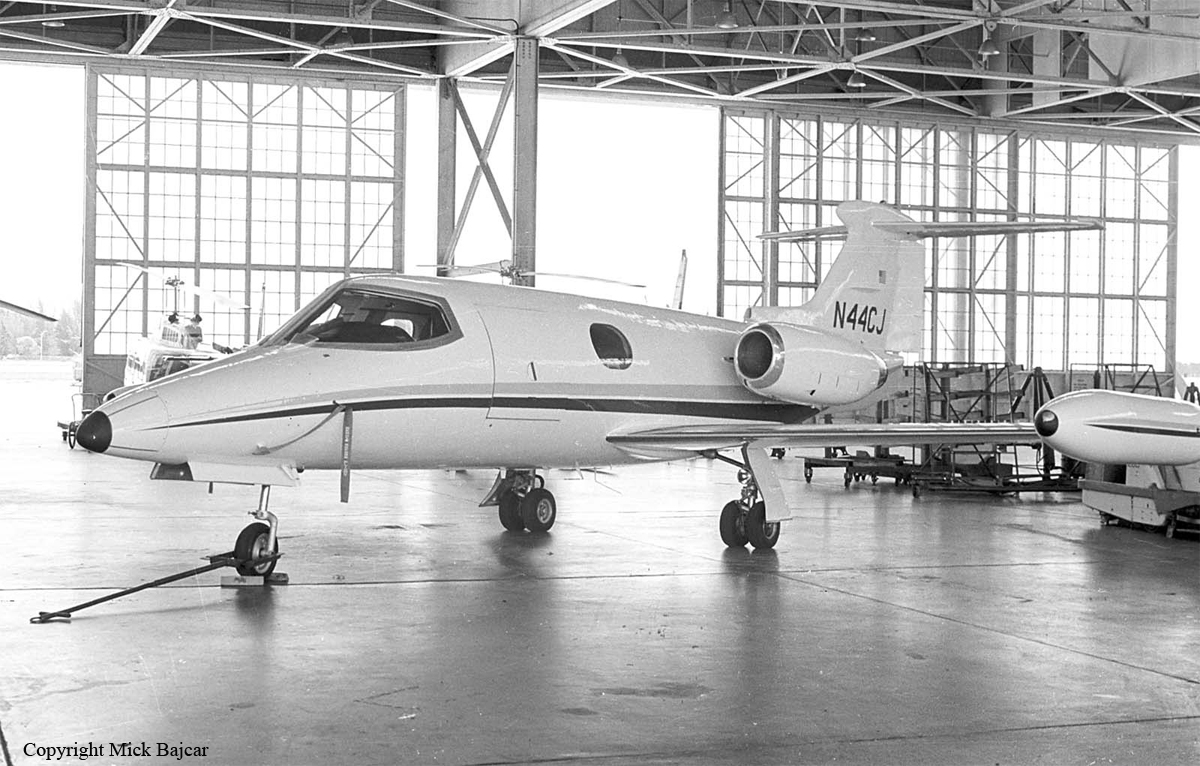Crash of a Rockwell Gulfstream 695A Jetprop 1000 in Checotah: 2 killed
Date & Time:
Oct 9, 1984 at 1140 LT
Registration:
N81502
Survivors:
No
Schedule:
Bethany - Bethany
MSN:
695-96000
YOM:
1981
Crew on board:
2
Crew fatalities:
Pax on board:
0
Pax fatalities:
Other fatalities:
Total fatalities:
2
Captain / Total hours on type:
447.00
Aircraft flight hours:
778
Circumstances:
The pilot allowed the aircraft to stall at an altitude which was too low to effect recovery before ground impact occurred. He was in the process of performing VMC test and maximum performance single engine climbs during the test flight. Witness description of the aircrafts movements at the beginning of the accident sequence suggests that the VMC test were in progress immediately before the accident occurred. Both occupants were killed.
Probable cause:
Occurrence #1: loss of control - in flight
Phase of operation: maneuvering
Findings
1. (c) airspeed - not maintained - pilot in command
2. (c) stall/spin - inadvertent - pilot in command
----------
Occurrence #2: in flight collision with terrain/water
Phase of operation: descent - uncontrolled
Phase of operation: maneuvering
Findings
1. (c) airspeed - not maintained - pilot in command
2. (c) stall/spin - inadvertent - pilot in command
----------
Occurrence #2: in flight collision with terrain/water
Phase of operation: descent - uncontrolled
Final Report:






